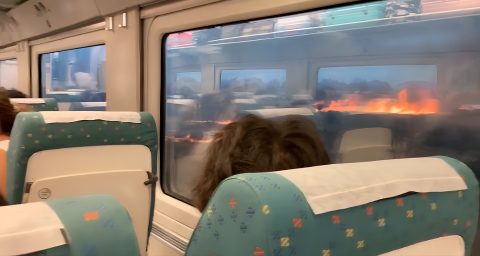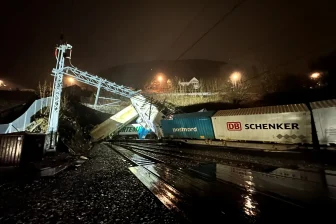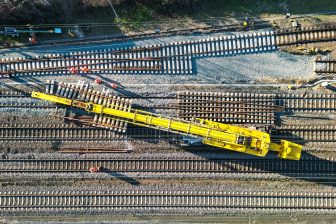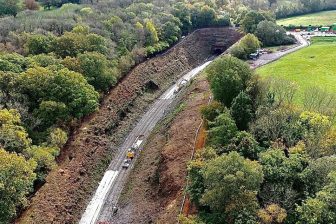
Fires near tracks and heat complaints: hot spell shakes up European railways
Fire near the railway in Spain
A sweltering heat wave is plaguing European railways, with temperatures surpassing 40 degrees even in Northern Europe. In the south of Europe, continued high temperatures have resulted in fires that also affected train circulation.
Want to read more?
You have read all of your free premium articles for this month. Please become a subscriber to keep reading.
Subscribe now!
Take advantage of our exclusive offer to get full access to all premium content.




It is 2022 now and railway track design, stabile, in x-, y- and z- dir., should be standard!
Quality pays, in particular at transports – as well for wares, as for persons.
Railwats, as in fact, all other public assets, shall provide for safe calculations, resiliently, thus robust, including for anticipated, or at least for known temperatures, etc., – for serious safety factors!
A shift is needed. A New Old Railway, now is requested!